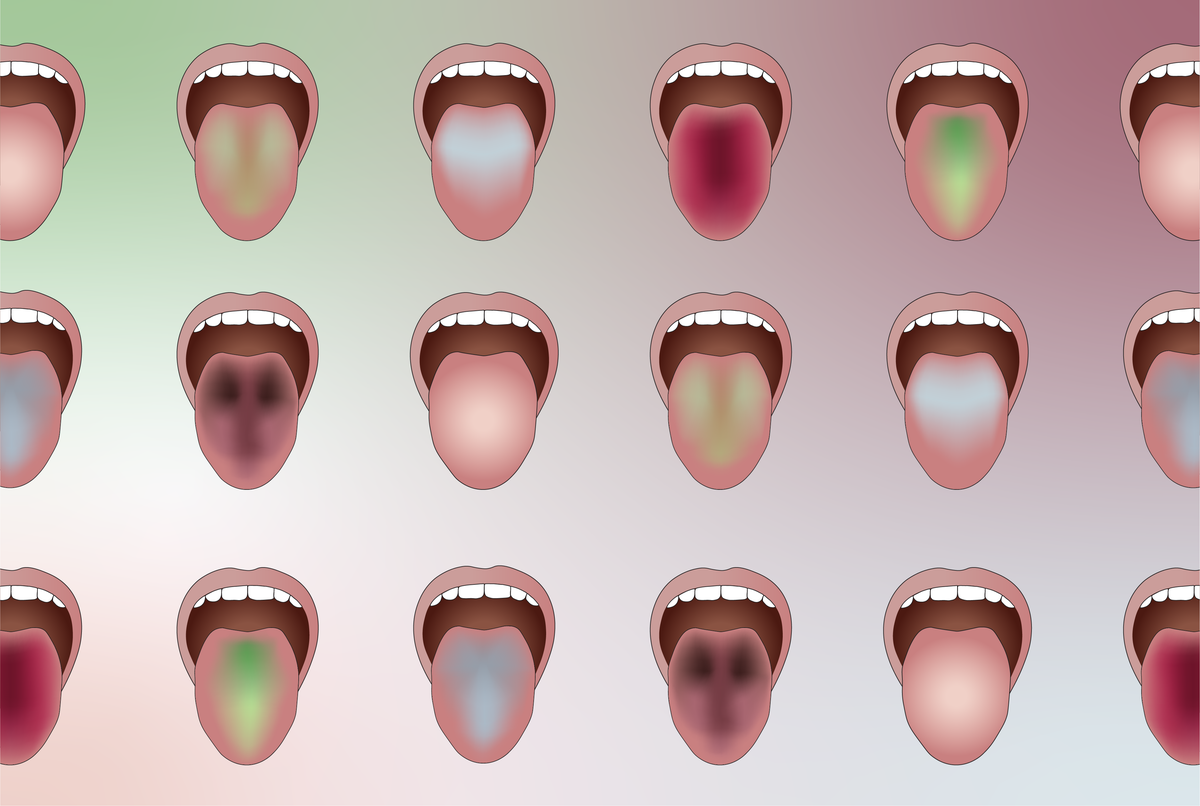
"For thousands of years traditional Chinese medicine (TCM) practitioners have checked patients' tongues as part of a full examination, carefully scrutinizing their color, shape and coating in an attempt to detect illness. TCM considers a tongue's color especially tellingand now some researchers, encouraged by recent studies pointing toward a measurable association with health factors, are working to adapt this ancient diagnostic approach to today's AI-based technology."
"TCM remains a controversial topic in the global scientific community. The World Health Organization officially added TCM diagnoses to the 11th revision of the International Classification of Diseases, the global standard for health-information classification, in 2022. But most high-profile studies have treated the topic warily. Despite the expanding TCM usage and the recognition of its therapeutic benefits worldwide, the lack of robust evidence from the EBM [evidence-based medicine] perspective is hindering acceptance of TCM by the Western medicine community and its integration into mainstream healthcare,"
Traditional Chinese medicine practitioners have examined patients' tongues for thousands of years, assessing color, shape, and coating as diagnostic indicators. Tongue color is considered closely linked to blood condition and qi and serves as a primary overall-health indicator. Recent studies suggest measurable associations between tongue features and health factors, prompting researchers to develop AI-based analysis of digital tongue images. The World Health Organization added TCM diagnoses to ICD-11 in 2022, yet controversy persists and evidence-based medicine critics cite a lack of robust evidence, which hinders integration into mainstream Western healthcare. Tongue examination remains subjective, relying on individual practitioner perception.
Read at www.scientificamerican.com
Unable to calculate read time
Collection
[
|
...
]